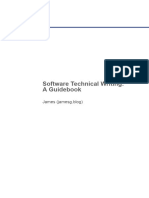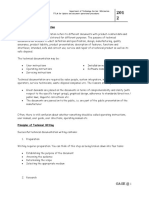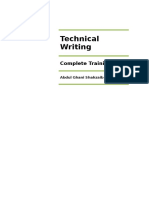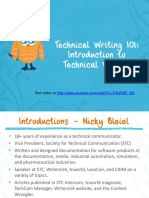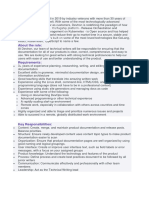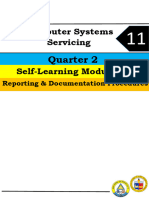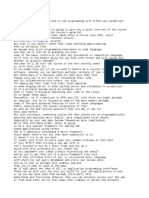0% found this document useful (0 votes)
10 views2 pagesTechWrite ProfessionalDocs Guide
The document is a comprehensive guide on professional technical writing, covering the importance of clear documentation, audience analysis, and various writing tools and formats. It includes best practices for structuring documents, maintaining style and clarity, and collaborating effectively during the writing process. Additionally, it provides real-world examples and resources for further learning in technical writing.
Uploaded by
mohammedshadhath7Copyright
© © All Rights Reserved
We take content rights seriously. If you suspect this is your content, claim it here.
Available Formats
Download as PDF, TXT or read online on Scribd
0% found this document useful (0 votes)
10 views2 pagesTechWrite ProfessionalDocs Guide
The document is a comprehensive guide on professional technical writing, covering the importance of clear documentation, audience analysis, and various writing tools and formats. It includes best practices for structuring documents, maintaining style and clarity, and collaborating effectively during the writing process. Additionally, it provides real-world examples and resources for further learning in technical writing.
Uploaded by
mohammedshadhath7Copyright
© © All Rights Reserved
We take content rights seriously. If you suspect this is your content, claim it here.
Available Formats
Download as PDF, TXT or read online on Scribd
/ 2

